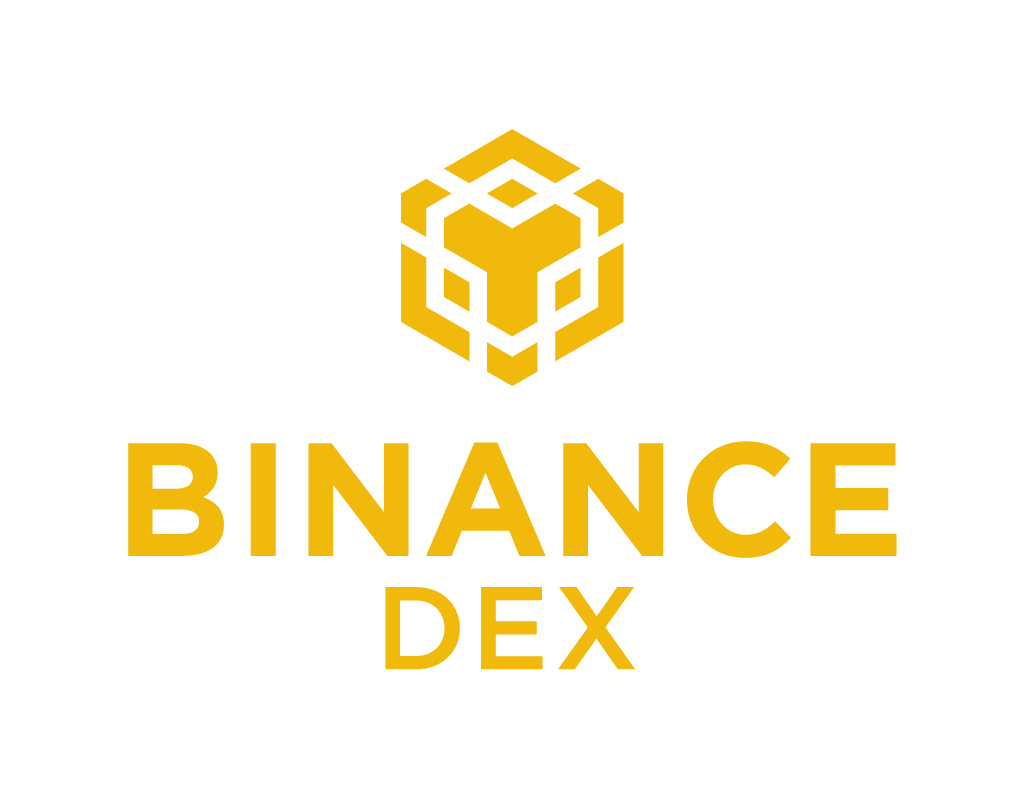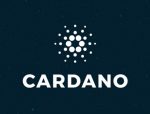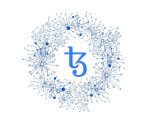 Binance DEX is Binance’s new decentralised exchange, or rather, a “decentralised order matching engine”, as the main page will tell you. It was launched on April 23rd, 2019, on Binance’s new blockchain: Binance Chain, and is meant to be the quickest platform when it comes to exchanging assets – it boasts a throughput of a couple of thousand transactions per second (TPS). Binance Coin (BNB) has been migrated from Ethereum to Binance Chain to become the native token of the Binance ecosystem.
Binance DEX is Binance’s new decentralised exchange, or rather, a “decentralised order matching engine”, as the main page will tell you. It was launched on April 23rd, 2019, on Binance’s new blockchain: Binance Chain, and is meant to be the quickest platform when it comes to exchanging assets – it boasts a throughput of a couple of thousand transactions per second (TPS). Binance Coin (BNB) has been migrated from Ethereum to Binance Chain to become the native token of the Binance ecosystem.
It only took several months to make Binance DEX a reality. As CZ explains, the focus fell on quickly bringing to market a great solution focused on a singular solution – exchanging assets. So while it may be application-light (there is no smart contracts feature), it can handle large throughput. Once the infrastructure has proven itself, additional features will follow.
The number of projects that have migrated to Binance Chain to be traded on DEX is continuously growing.
As of now, the list of projects on Binance Chain is as follows:
- Binance Coin (BNB) (if you pay transaction fees with BNB you will get more attractive terms)
- Changenow (NOW)
- Mithril (MITH)
- Red pulse Phoenix (PHX)
- Atomic Wallet (AWC)
Investors might want to keep updated on the tokens joining the new blockchain, as the prices of the migrated tokens have surged shortly after.
If you would like to know more about these projects, we shortly describe them in this article.
In order to understand the value of the new DEX, one needs to understand the differences between a centralised and a decentralised exchange.
Centralised exchanges, as mentioned in one of our previous articles about BNB, have their own advantages. They usually offer more sophisticated tools and features and are easier to use. But the most important factor speaking in favour of centralised exchanges is liquidity.
On the other hand, there is a reason why many crypto hodlers insist on using their own wallets, as you do not own the assets you trade on centralised exchanges. Centralisation leads to a single point of failure, which in turn makes centralised exchanges much more prone hacks and theft. Some of the users may also not appreciate stringent KYC and AML procedures, which can take a long time.
Decentralised exchanges are used to trade peer-to-peer without involvement from a third party, and are somewhat of a mirror image of their centralised competitors. The main advantage of using a decentralised exchange is the ownership of your own assets. Secondly, you can join the market without providing personal information. Thirdly, lack of a middleman may translate into lower fees. When it comes to the feasibility of hacks or theft, “impossible” may be too strong a word, but it is vastly more problematic to hack an exchange that is decentralised.
On the other hand, the user experience is usually less optimal on decentralised platforms. Beginners may find it difficult to find their way around a DEX. But the most significant, and to some disqualifying, drawback are the latency (speed) and liquidity issues.
It can be seen then that both centralised and decentralised exchanges have their own upsides and drawbacks, and choosing one over another is a matter of individual needs and personal preferences. Despite the fact that that are fewer decentralised exchanges, their number grows. A trend towards decentralisation is emerging among exchanges. Which makes sense, as it is more in line with “Blockchain” values of anonymity, security, and decentralisation.
As a final point regarding the debate on the centralised vs decentralised exchanges, it should be underlined that the question of centralisation is not an either/or one. Why is that important? Because even if an exchange calls itself decentralised, it does not mean that it truly is structured in a decentralised way – some decentralised exchanges allow for “centralised” features, for example, the ability to freeze user funds.

Binance DEX: a decentralised exchange, or THE decentralised exchange?
One of the success signals for Binance DEX is the brand itself. Binance is a major player in the crypto space and given how much it grew and developed, despite being created 2-3 years ago, it is arguably one of the most successful blockchain projects to date. What this means, is that they know their business by now. And they know it well. Let’s forget about all the other Binance projects and focus only on their bread and butter – the exchange. They know how to (successfully) run a centralised exchange, including security and speed, and are aware of their drawbacks (for example, lack of asset ownership).
But the title of “the decentralised exchange” may not come from the pedigree, but from innovation. Binance Chain has a 1-second block time, which is much quicker than for example Bitcoin (10 minutes) or Ethereum (20 seconds). It’s a way of dealing with the speed issue – one of the main drawbacks of a decentralised exchange. And thanks to the almost instant transactions, the DEX can handle volumes as large as those of Binance.com (although the matching engine works a little different in DEX than it does on Binance.com).
Based on this, it could be said that DEX has the potential to become the first widely used decentralised exchange. It has an experienced, trusted company backing it, and it was built on the blockchain created specifically to tackle the issues of speed and liquidity.
But before you jump on the DEX bandwagon you need to be aware of some things. First of all, it is an unregulated exchange. Secondly, the team has not figured out all the details yet, and many functionalities, interoperability most notably, are coming in the second and third iteration. Finally, as (de)centralisation has been covered in this article, you might also want to know that at the beginning (at least that’s what we’re told), Binance DEX will be a bit more centralised than other decentralised exchanges. Binance will have sway over the network and the validators. On the other hand, the main goal of Binance DEX was to make trustless trading without depositing funds easy. So some degree of centralisation at first could be forgiven. Moreover, as more validators join the network, Binance’s influence is meant to gradually weaken.
If you want to trade BNB with the safety of a regulated, centralised exchange, and enjoy all the functionalities that come with it, we recommend eToro. We have created a step-by-step guide on how to buy BNB on eToro.
| eToro is the world’s leading brokerage platform for social and copy trading. A 1000 different products are available on eToro, divided into 12 stock indices, 7 commodities, 53 ETFs, 49 currency pairs, including several cryptocurrencies (e.g. Bitcoin and Ethereum). Leverage of up to a 100 (leverage degree differs for some assets) is available. In our opinion, eToro is the best regulated exchange. You can join eToro here |











